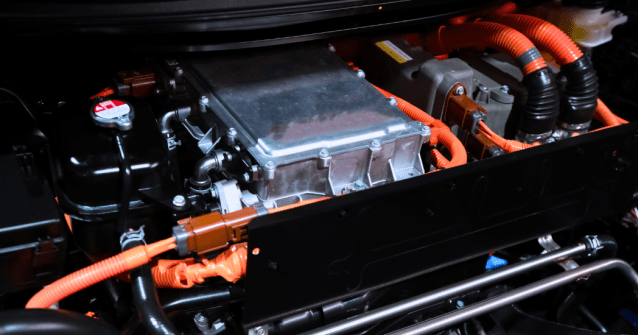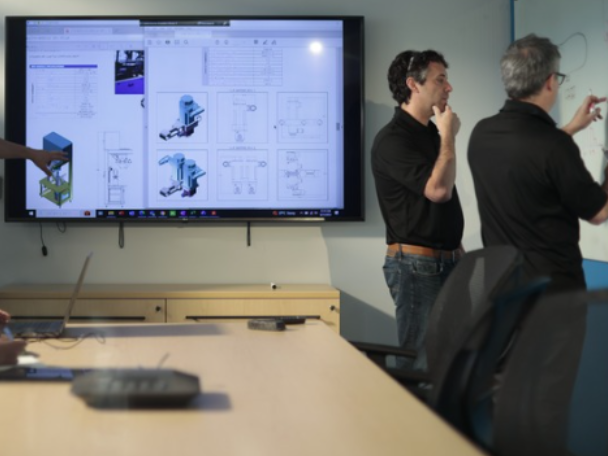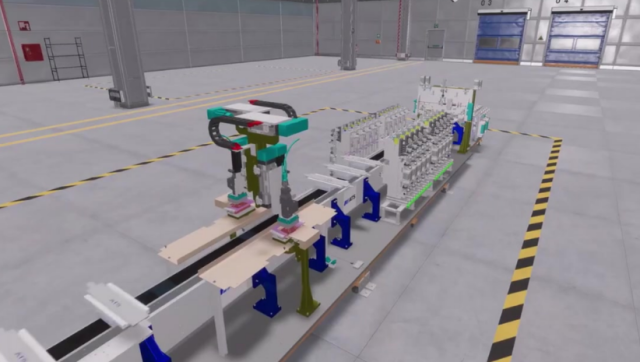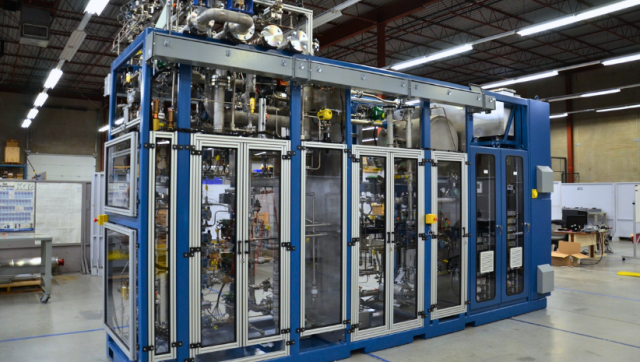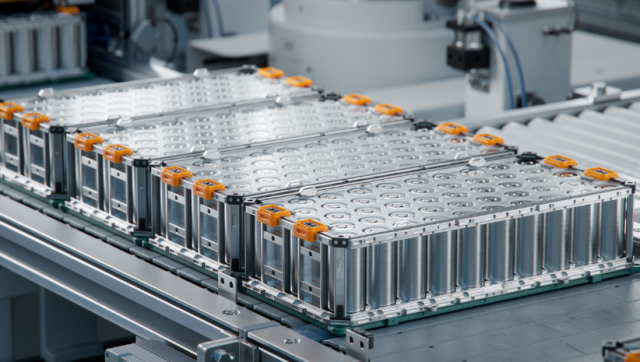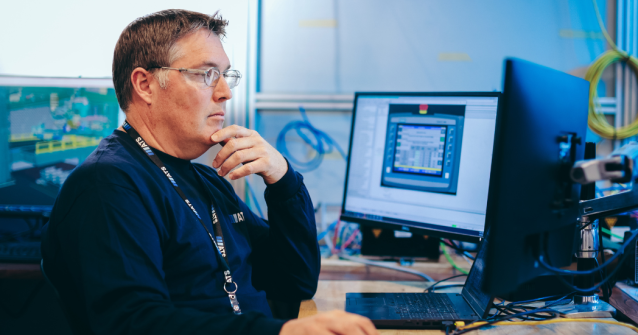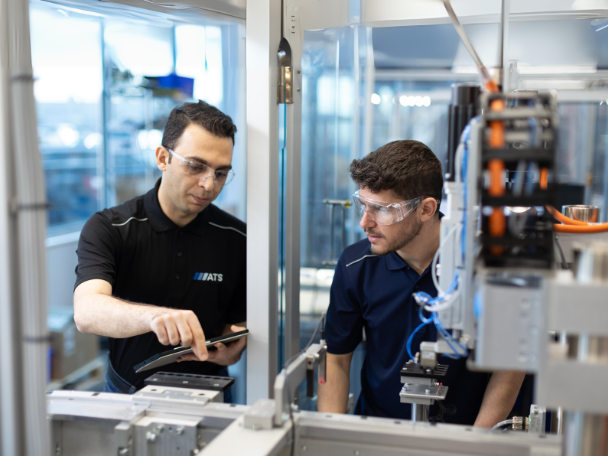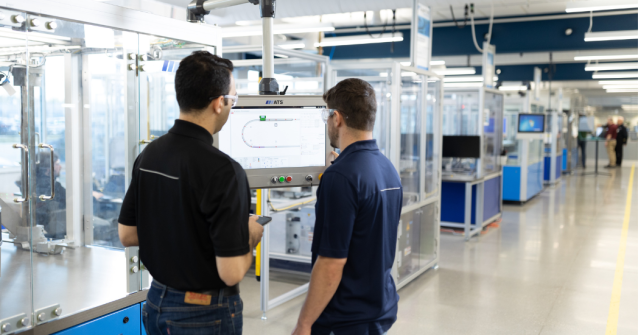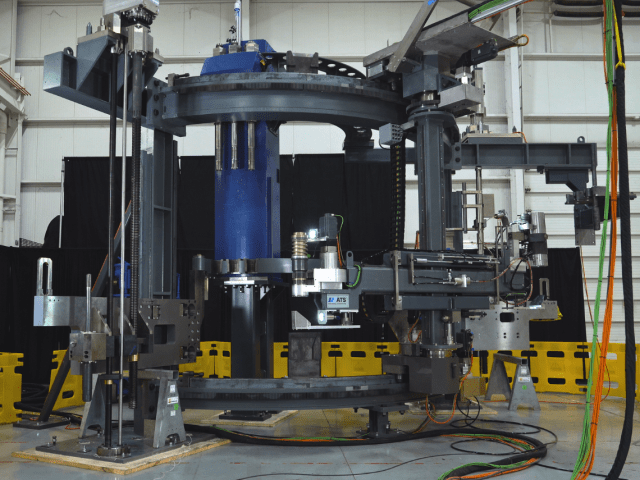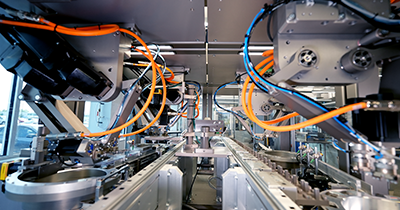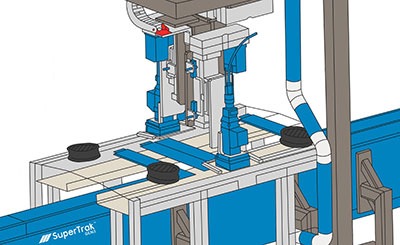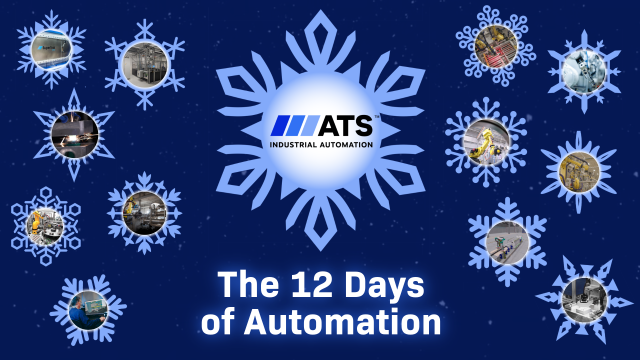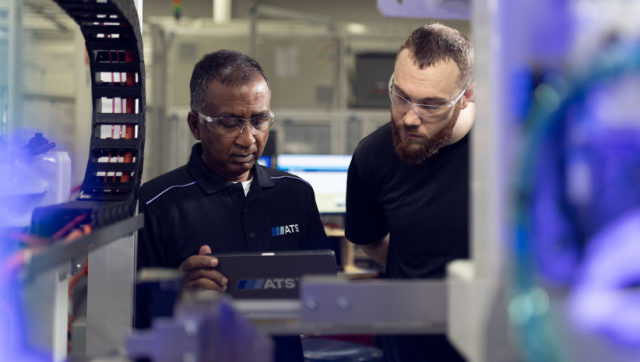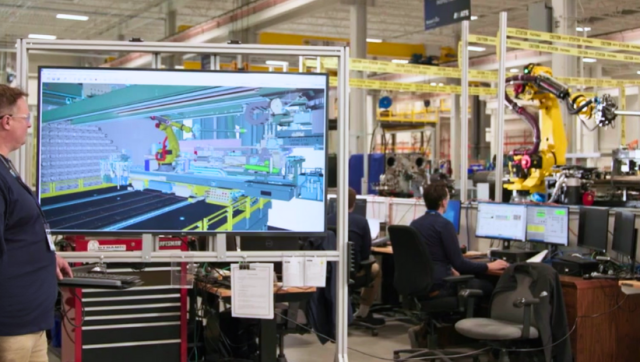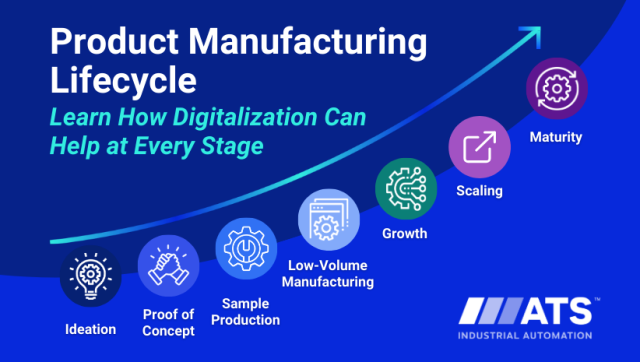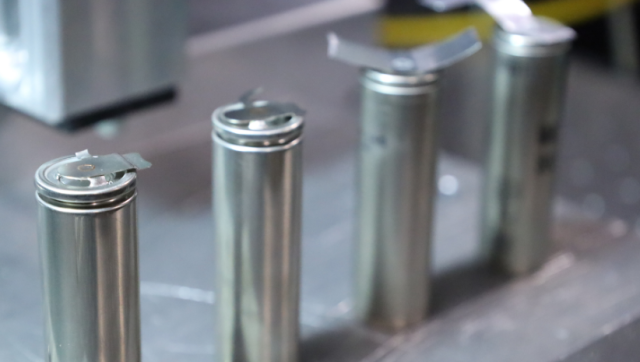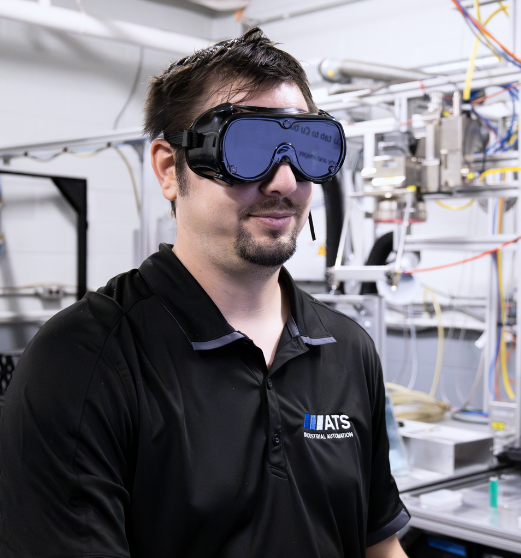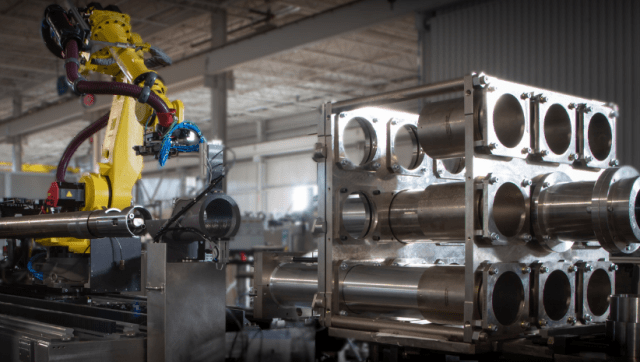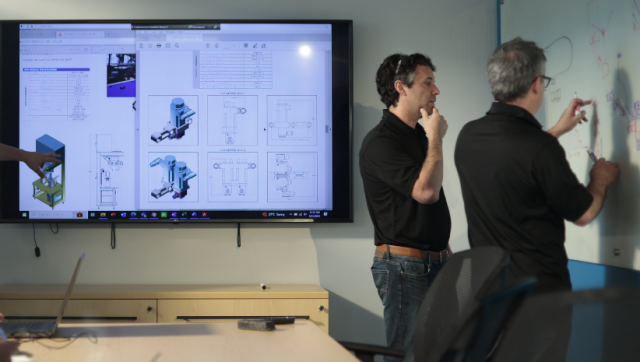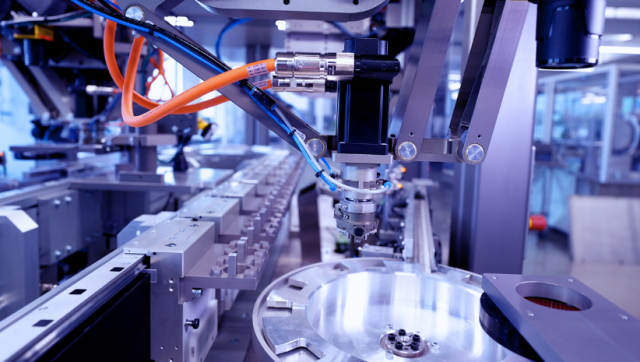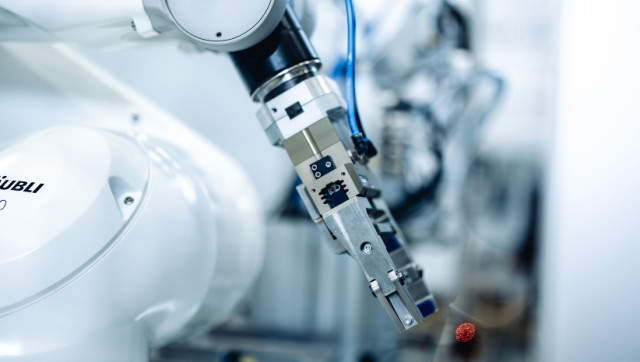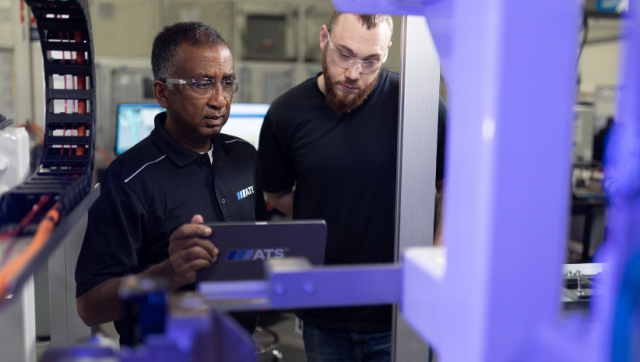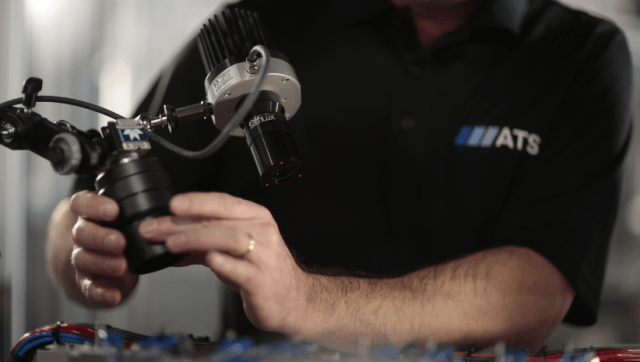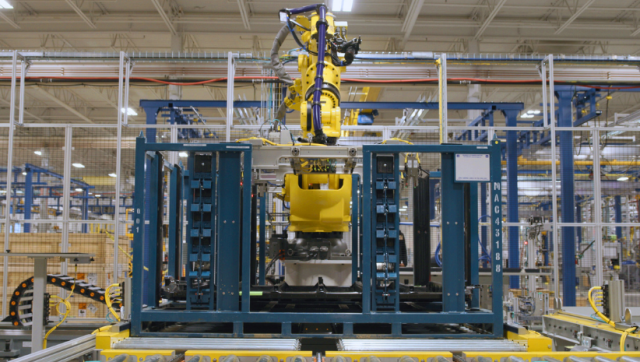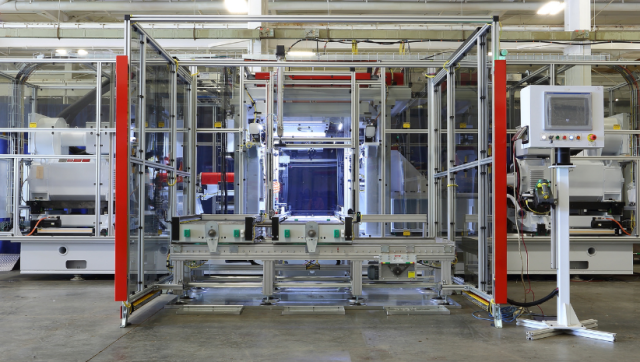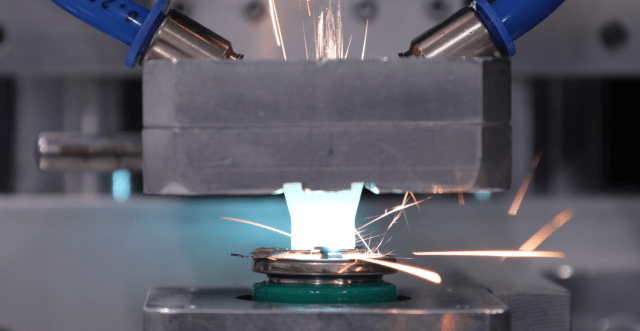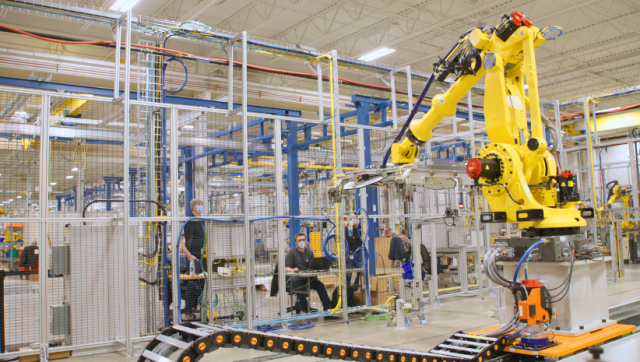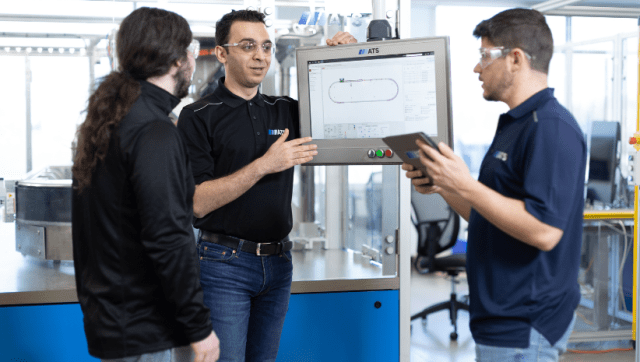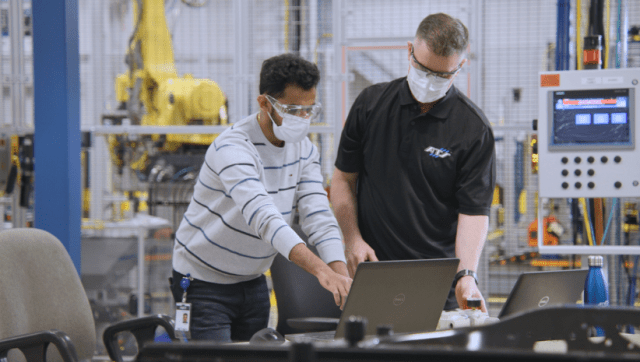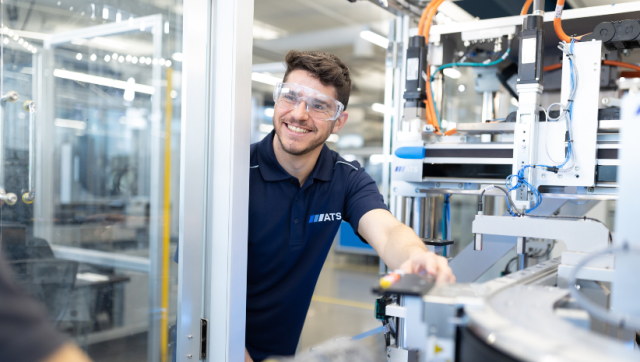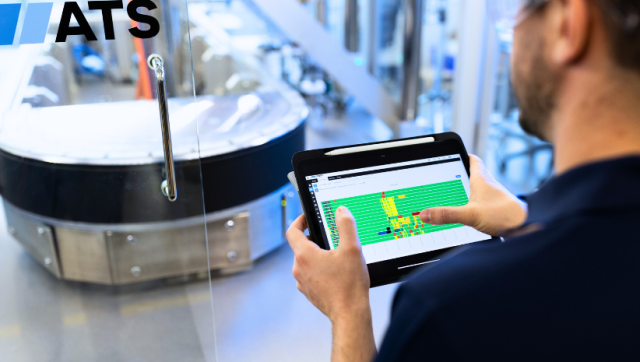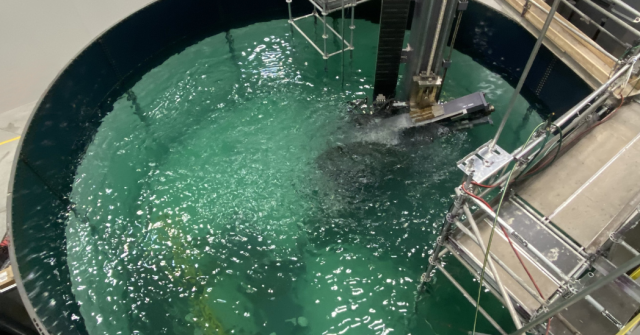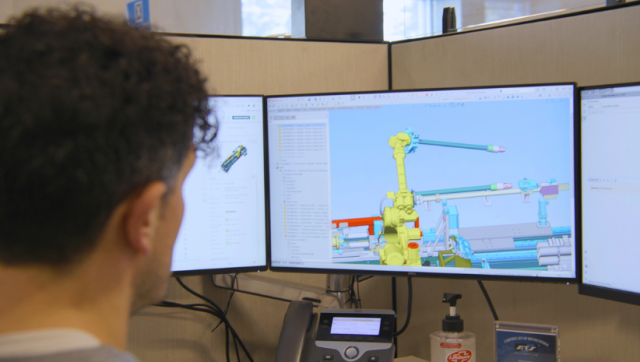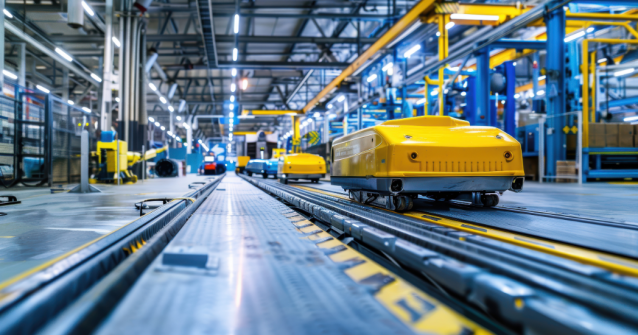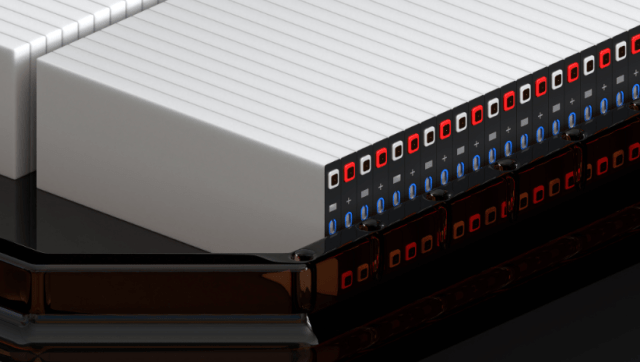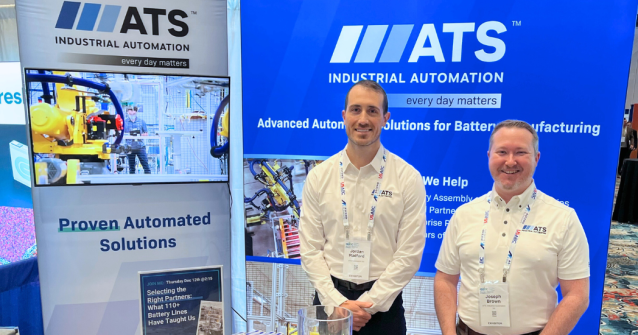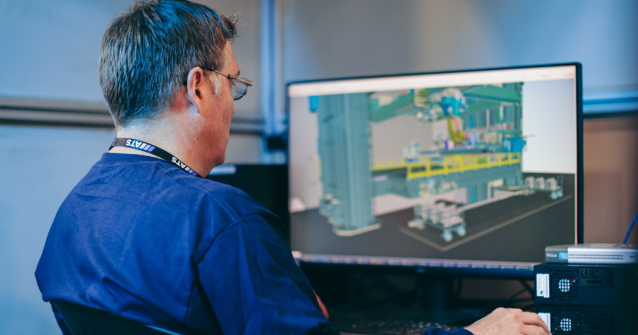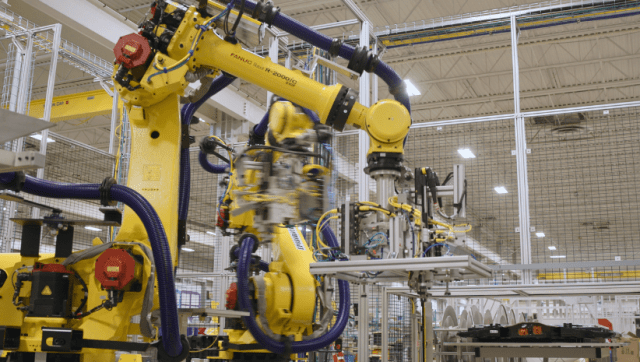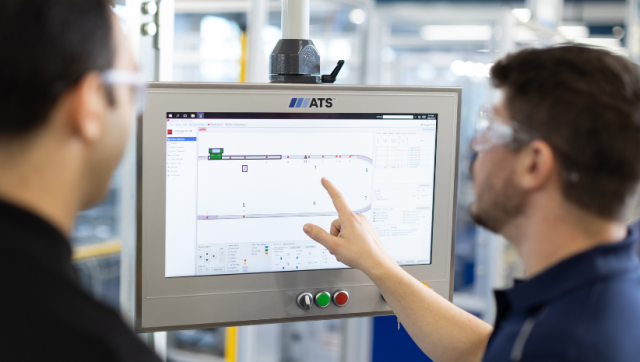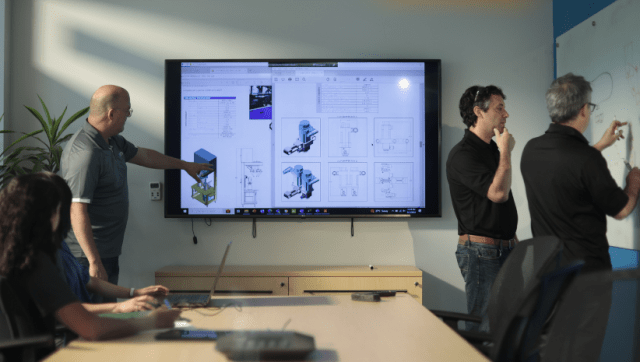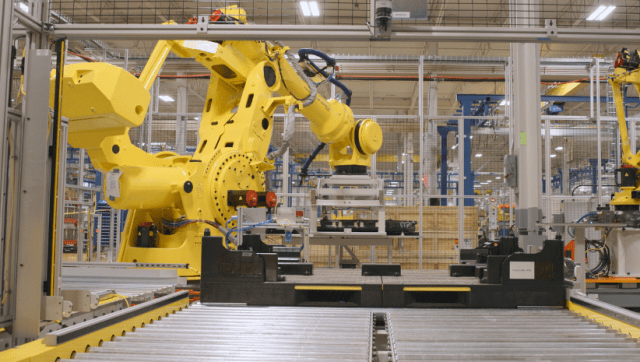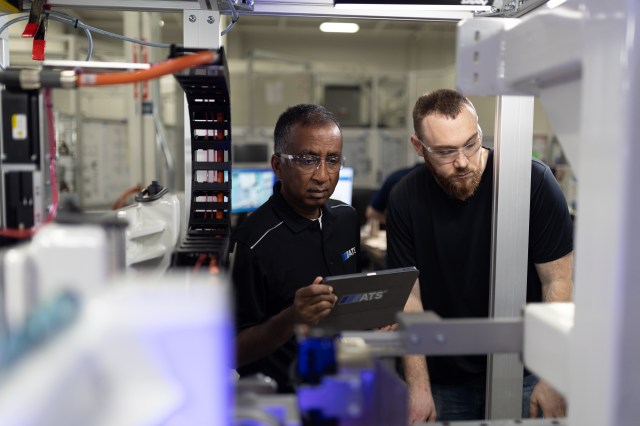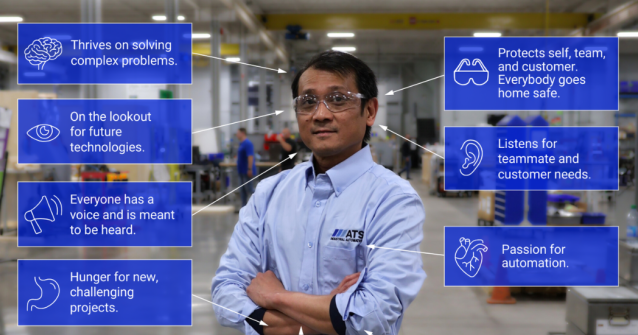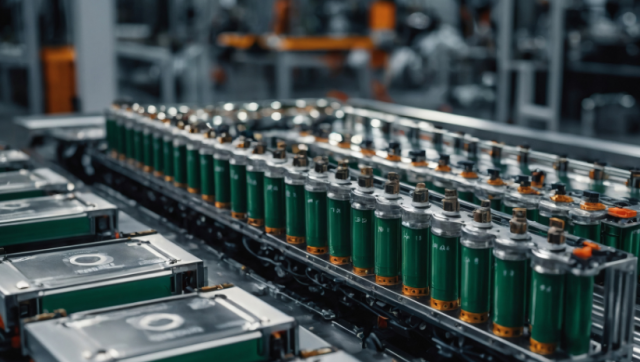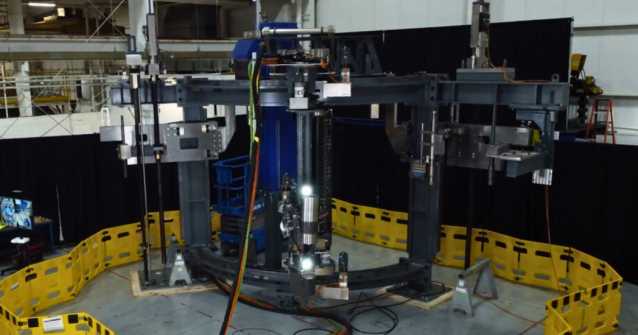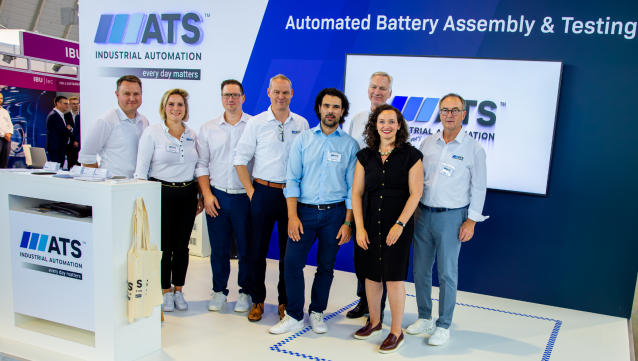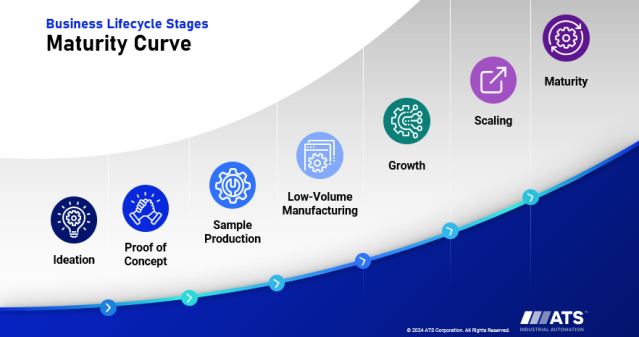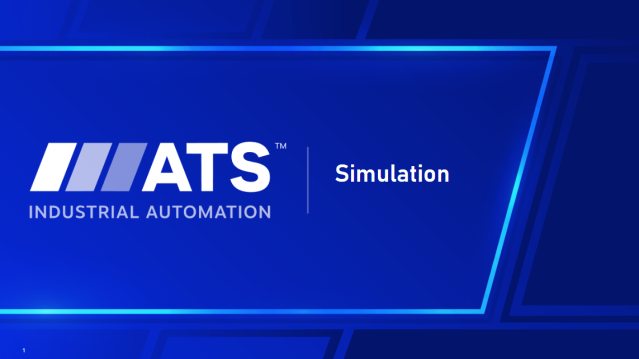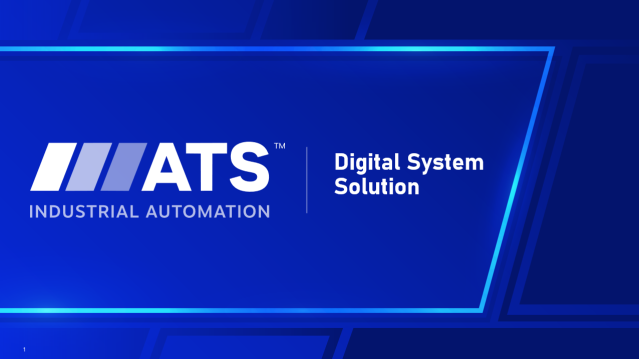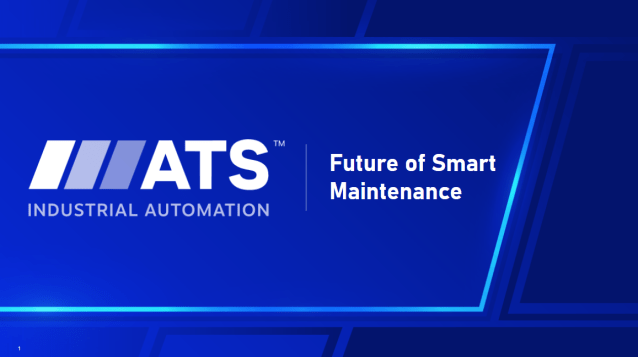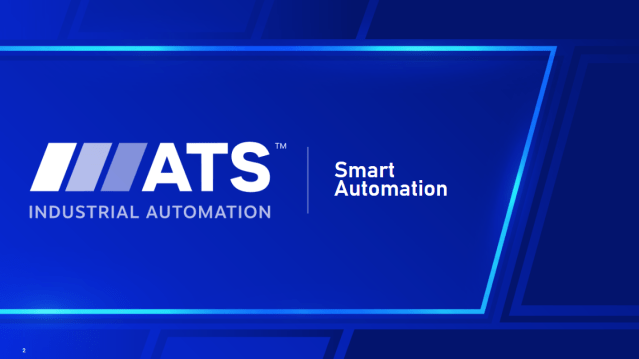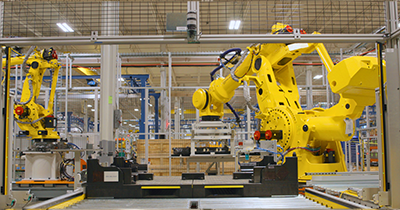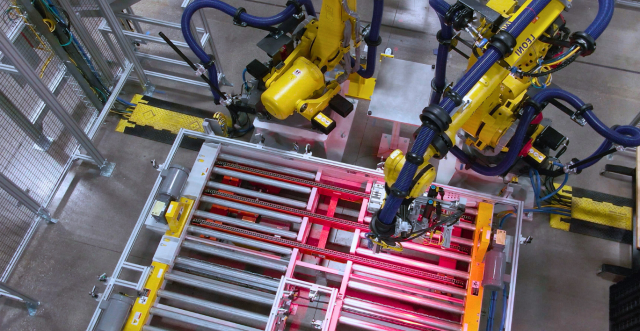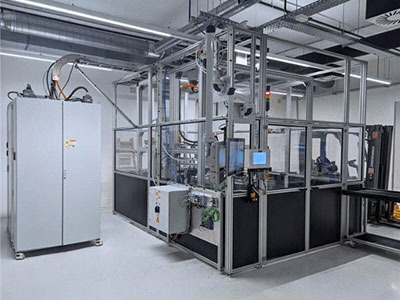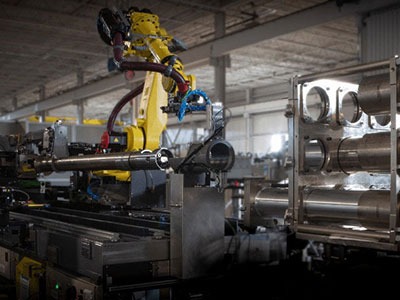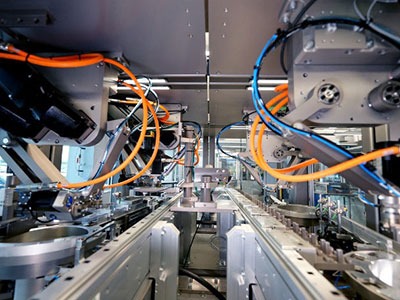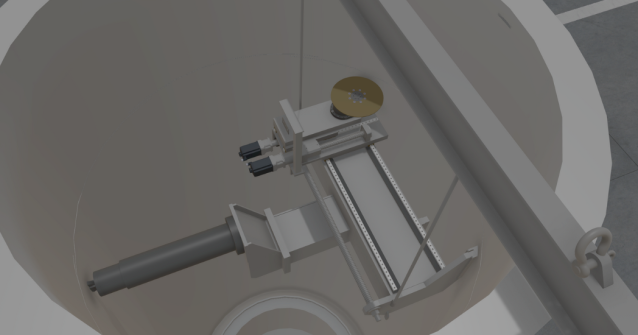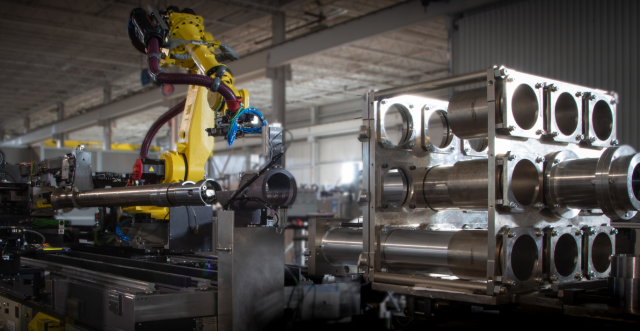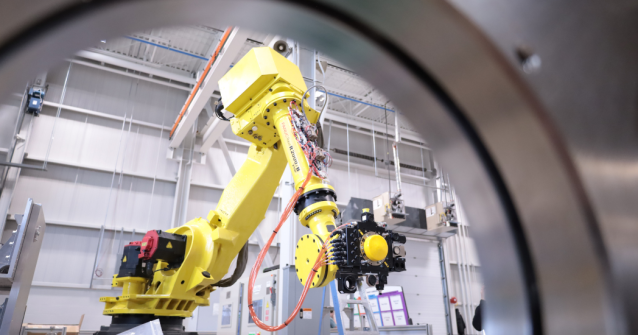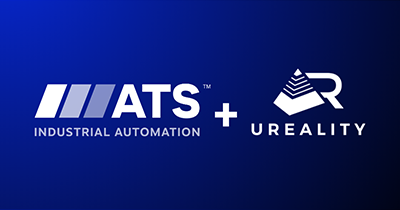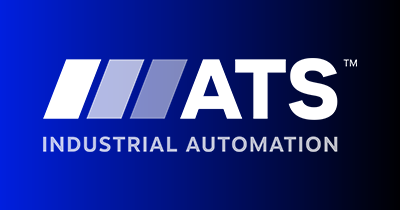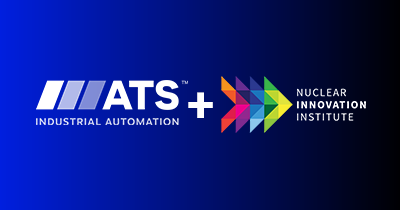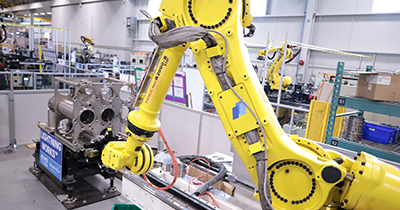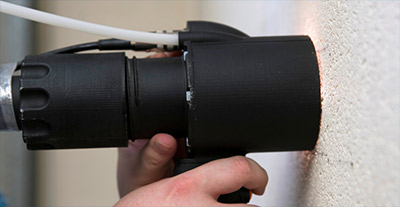Automation in manufacturing is crucial for enhancing efficiency, reducing errors, and increasing throughput. By automating repetitive and complex tasks, manufacturers can achieve higher throughput and maintain consistent product quality.
Advanced technologies such as robots, automated guided vehicles (AGVs), vision systems, component feeding, and material handling systems should play a significant role in your modern manufacturing processes. Each of these technologies can be integrated within a facility’s systems and machinery to optimize workflows, enhance productivity, and help manufacturers stay ahead of the competition.
Component Feeding Solutions in Automated Assembly
Component feeding is essential to maintain the productivity of automated assembly lines. Various feeding methods ensure components are delivered accurately and consistently. Tray feeders offer high control of part orientation and protection during shipping and storage, making them ideal for delicate components. Bowl feeders, which use vibration to move parts, are common for their simplicity and effectiveness in handling bulk components. Blow feeders on the other hand, utilize air pressure to transport parts, which makes them suitable for lightweight or delicate items. Finally, flex feeders accommodate a wide range of part sizes and shapes, enhancing flexibility in the assembly line.
Proper component feeding solutions ensure parts are delivered accurately and consistently, reducing downtime and minimizing errors. Efficient feeding systems contribute to smoother operations, higher throughput, and improved product quality.
Material Handling in Automated Assembly
Material handling systems are integral to automated production workflows, ensuring the smooth and efficient movement of materials throughout the line. These systems include conveyors, robots, and automated guided vehicles (AGVs), each serving distinct purposes. Conveyors transport materials along a fixed path, providing a continuous flow of parts. With their precision and flexibility, robots handle tasks such as picking, placing, and assembling components. Meanwhile, AGVs navigate autonomously within the facility, moving materials between stations without the need for a fixed infrastructure.
It is vital to consider the importance of material handling in the entire assembly process early on in your planning. Successfully integrated handling systems minimize downtime, reduce manual labor, and enhance the overall productivity of the line. They ensure items are delivered to the right place at the right time, maintaining a steady workflow and preventing bottlenecks. This leads to higher throughput, improved product quality, and reduced operational costs.
The Role of Robots in Automation
Robots transform industrial operations by enhancing efficiency and precision. Various types of robots can be used in industrial automation, including four-axis and six-axis robots. Four-axis robots are typically used for tasks like palletizing and handling pallets, where movements are primarily in a horizontal plane. Their speed and simplicity make them ideal for repetitive tasks. On the other hand, six-axis robots offer greater flexibility with their ability to move in six different directions, allowing for more complex tasks such as assembly processes and vision checks. Engaging a partner that can successfully deliver robotics can vastly impact the efficiency of an automated assembly line. Leveraging a deep understanding of manufacturing and robotics integration, ATS Industrial Automation designs and implements tailored robotic solutions that seamlessly integrate into the production line, enhancing overall assembly performance.
Robots enhance manufacturing flexibility by easily adapting to different tasks and production changes, which is crucial in dynamic production environments. Their capability to perform repetitive tasks with high accuracy reduces the likelihood of errors, improving product quality. Additionally, robots can operate in hazardous environments, which keeps workers safe and reduces the risk of workplace injuries. Integrating robots into a facility also leads to increased productivity and efficiency, as they can work continuously.
Vision Systems in Automation
Vision systems also enhance precision and efficiency in manufacturing. These systems typically comprise several key components, including:
- A lens to focus the images
- A camera to capture images
- Lighting to ensure proper illumination
- Software to process and analyze visual data
Each component plays a crucial role in ensuring the vision system can accurately detect and interpret the characteristics of each part being inspected.
Teams can employ vision systems for various applications in automation. For instance, they can check whether components are correctly positioned and assembled, ensuring each part meets the required specifications. Vision systems can also precisely guide robots by providing real-time feedback on the location and orientation of parts. A comprehensive approach from an automation partner ensures all systems are accurate, reliable, and seamlessly integrated into the entire assembly process, enhancing operational efficiency.
Advantages of Automated Guided Vehicles
Automated Guided Vehicles (AGVs) offer significant versatility to manufacturers as they plan facility layouts. With advanced navigation systems, these vehicles move materials autonomously within a plant. This flexibility enables manufacturers to easily reconfigure production lines without extensive infrastructure changes. AGVs can adapt to various tasks, such as transporting raw materials, moving finished products, and delivering components to different assembly stations, making them an integral part of a strong production environment.
While the initial investment in AGVs may be higher than traditional handling methods, the long-term savings are substantial. AGVs reduce labor costs by automating repetitive tasks and minimizing the need for manual intervention. They also enhance operational efficiency by swiftly and accurately delivering materials, which reduces downtime. AGVs also contribute to a safer work environment by reducing the risk of accidents commonly associated with manual material handling.
Boost Efficiency and Quality with Automated Manufacturing Systems
Automated assembly tools give manufacturers a clear path to drive efficiency, save critical costs, and remain innovative with their products. From robotics that streamline material handling to vision systems that inspect parts, each piece of technology can enable manufacturers to achieve higher throughput while maintaining product quality.
ATS Industrial Automation brings unparalleled value to helping manufacturers integrate automated assembly tools into their production processes. With a deep understanding of the complexities involved in automation, the team excels in designing and implementing solutions tailored to meet each client’s specific needs. By leveraging advanced technologies and a comprehensive approach, ATS ensures that every component is seamlessly integrated to optimize productivity and product quality.
With a proven track record of delivering robust and innovative solutions, ATS Industrial Automation is well-equipped to help you achieve your production goals. Get in touch with us today to learn how we can help.
Every project is unique. Allow us to listen to your challenges and share how automation can launch your project on time.

Mohammed Rubaye
Vice President, Sales
ATS Industrial Automation
Mohammed Rubaye brings over 14 years of experience in automation across engineering, execution, and sales. As Vice President of Sales for ATS Industrial Automation, he leads the global manufacturing solutions sales team, helping customers configure scalable solutions that drive performance and efficiency.



